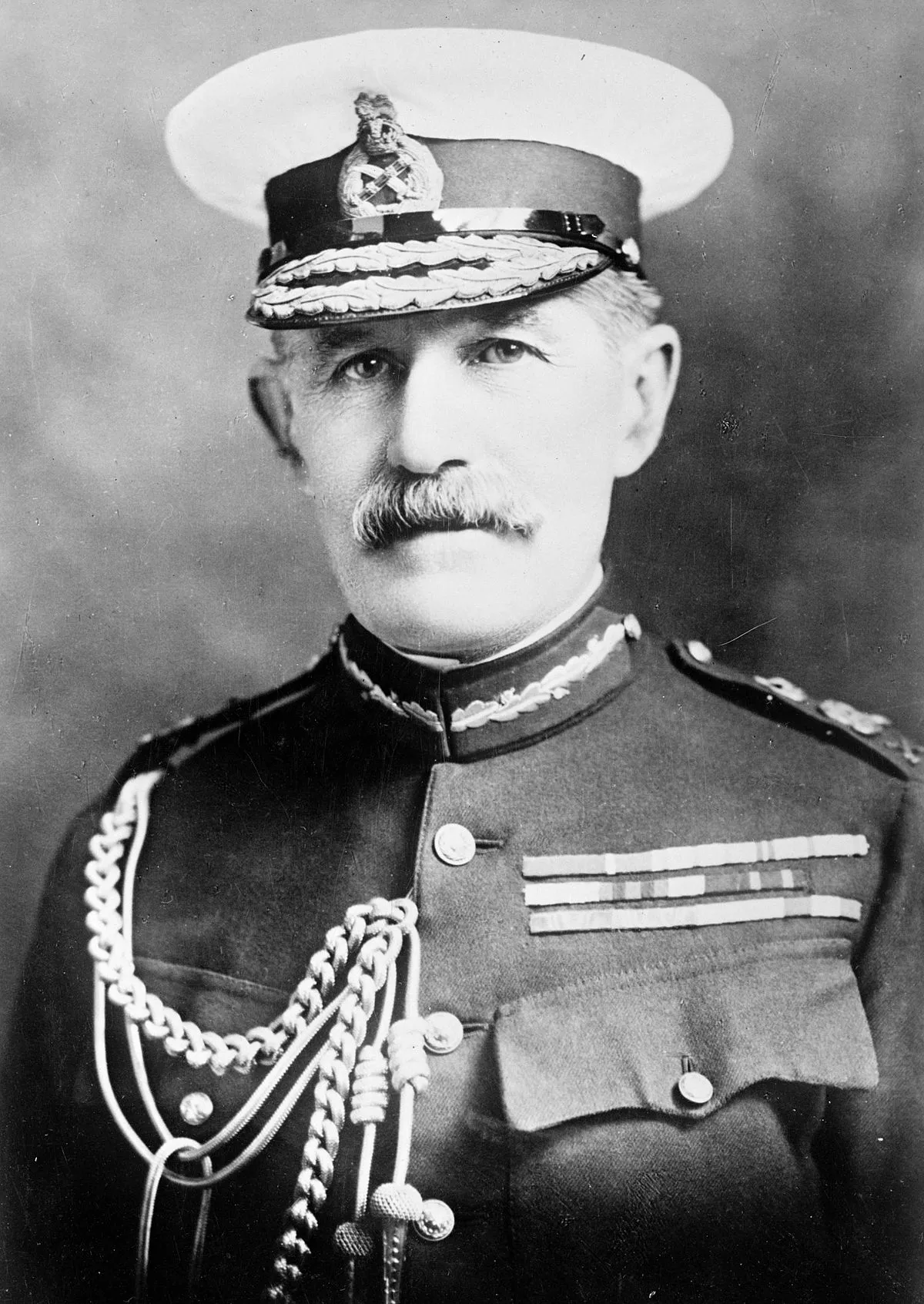 1.
1. Horace Smith-Dorrien commanded II Corps at the Battle of Mons, the first major action fought by the BEF, and the Battle of Le Cateau, where he fought a vigorous and successful defensive action contrary to the wishes of the Commander-in-Chief Sir John French, with whom he had had a personality clash dating back some years.